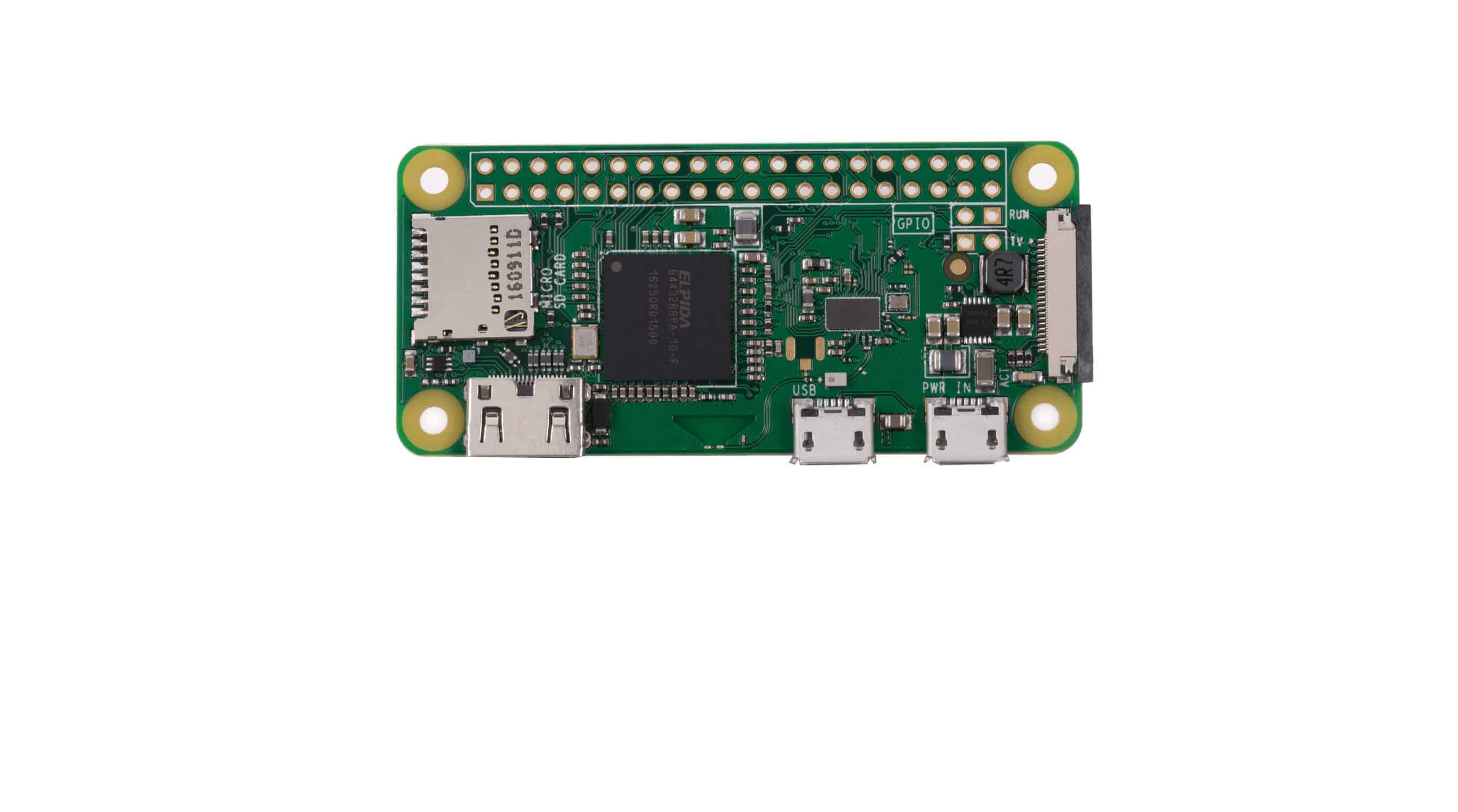

now tells it do perform the action immediately ( 15 would tell the machine to shutdown in 15 minutes).

Access it by opening the terminal and type the following and hit Enter: language:bash In case you skipped the step in the set up wizard or need to update software packages in the future, we can update the software package on the Pi through the Command Line Interface (CLI). Make sure to write down the password somewhere safe before saving! You can also change the username as well. Warning: We recommend changing your password from the default to secure your Raspberry Pi.


 0 kommentar(er)
0 kommentar(er)
